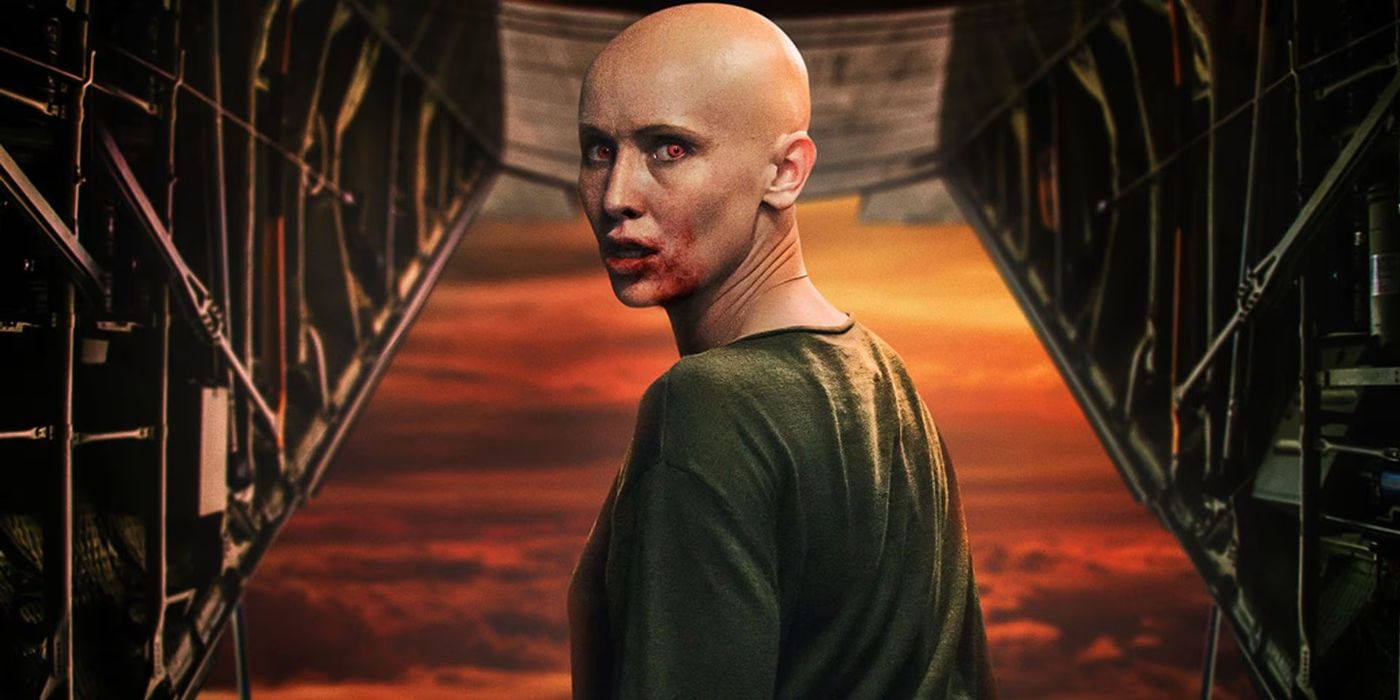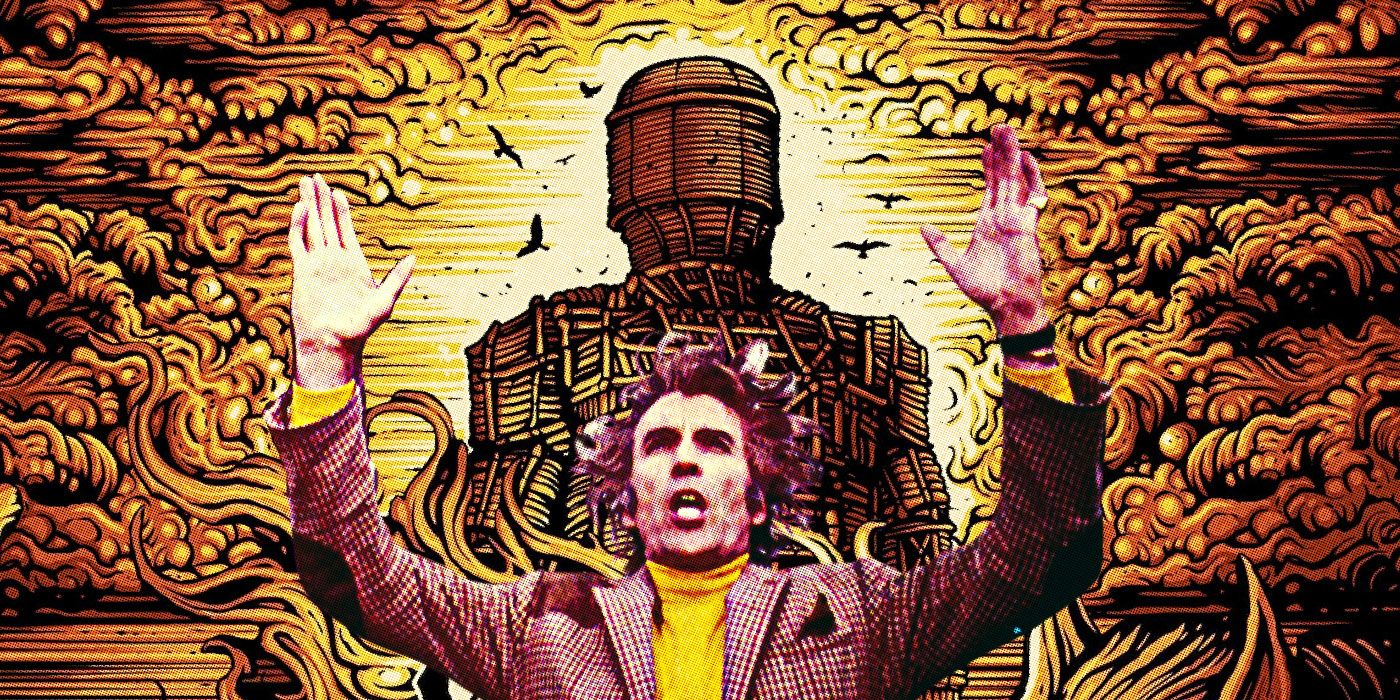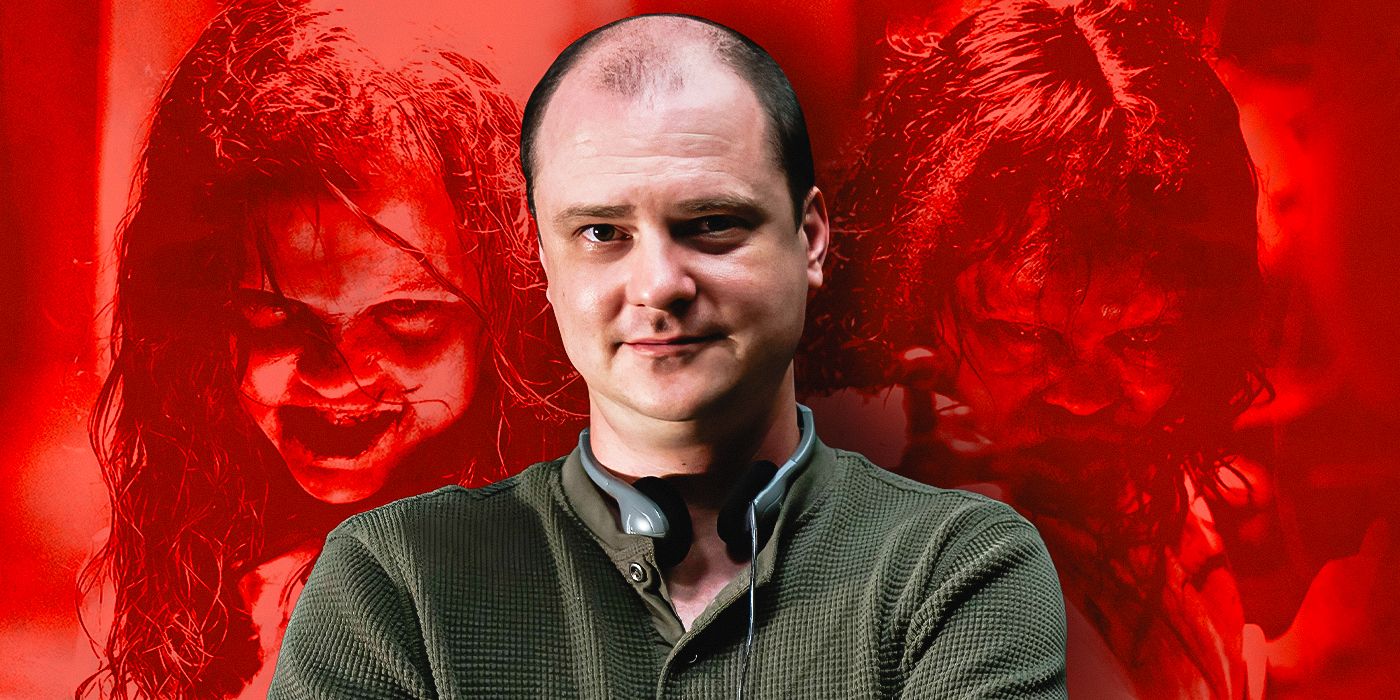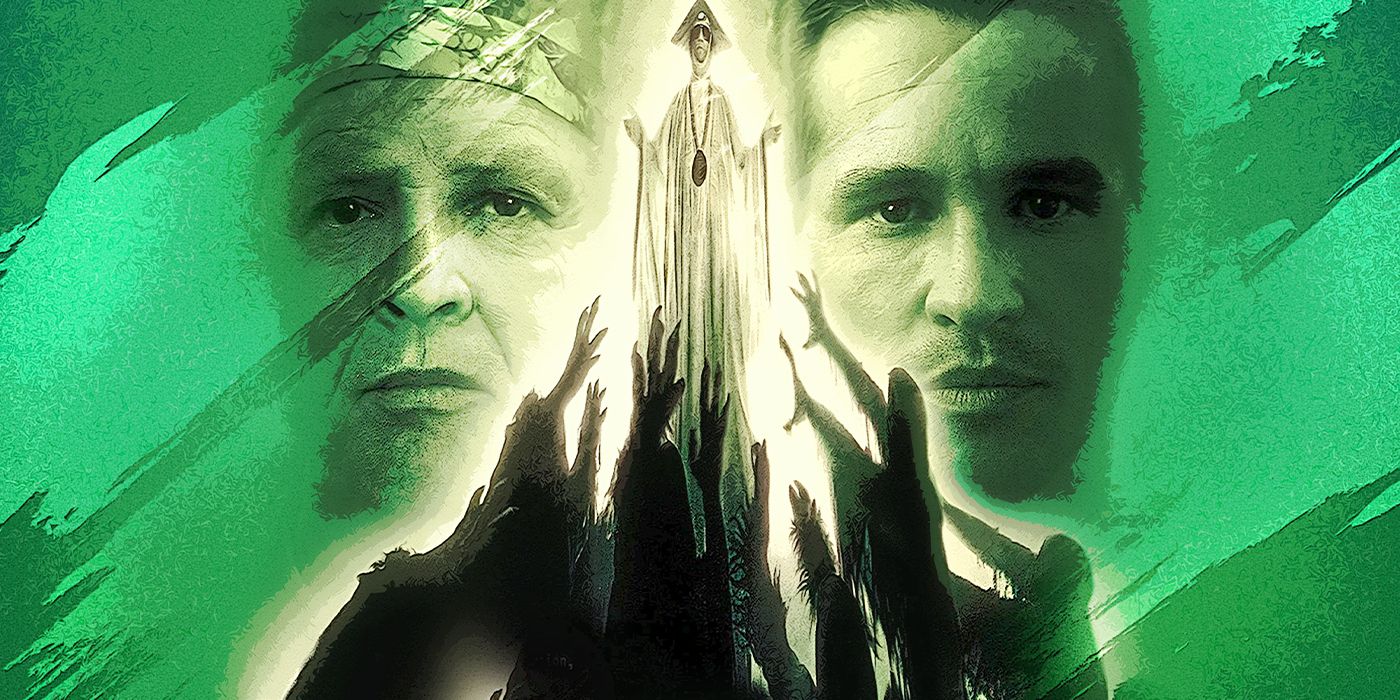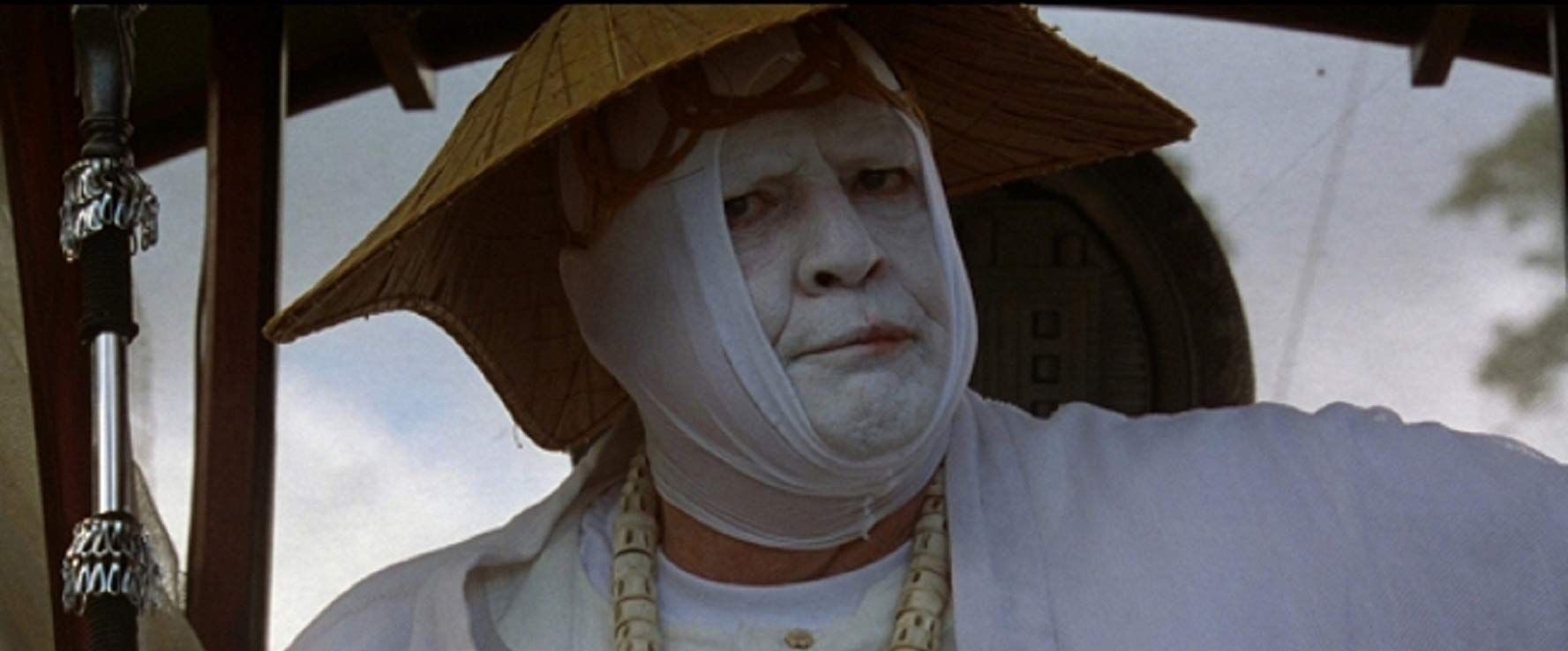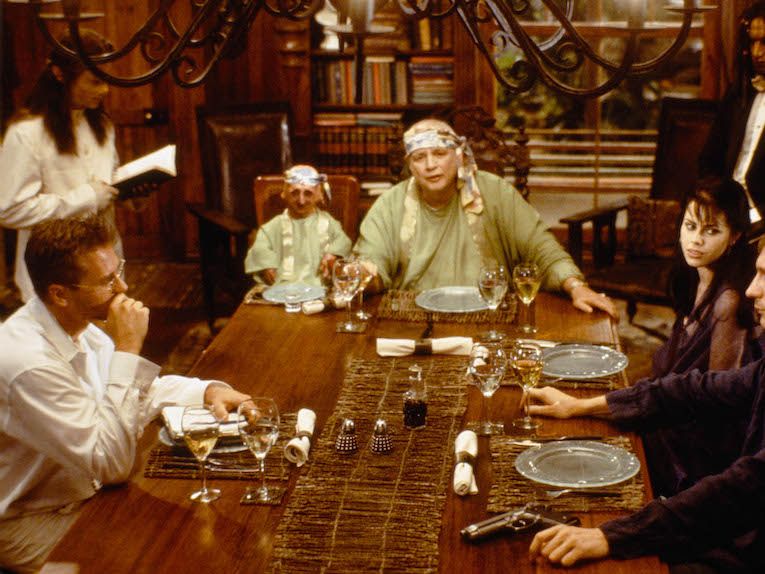Whatever you've heard about the notorious filming of the 1996 science fiction film, The Island of Dr. Moreau, it's probably true. Well, maybe not everything, but the fateful tales from the shoot of H.G. Wells's classic novel still echo around the darker corners of the movie-making industry. The project appeared to have enormous promise. The headliner was Val Kilmer, fresh off the successes of Tombstone (1993) and Batman Forever two years later. It also had the legendary Marlon Brando set to fill the titular role of the hybridizing mad scientist. There were even quixotic visions of a reprisal of his haunting performance as Colonel Kurtz in Apocalypse Now decades earlier. Throw in some up-and-coming talent like David Thewlis and Fairuza Balk to round out the cast, and it looked like you had, at the very least, a good summer movie in the offing, right? Not exactly. The project never had a chance, and the wheels went wobbling well before they began filming.
Things started going off the rails when, in pre-production, Kilmer was chosen to replace Bruce Willis, who had to back out of the project because of issues related to his highly publicized divorce from actress Demi Moore. Normally, that wouldn't be a huge deal. Stuff like this is common in the casting and re-casting process, but it was the first in a series of dominos to fall that plagued the shoot. The rub came from Kilmer who, for reasons that may never be clear, negotiated to shoot only 60% of Willis's original contract. This resulted in having to recast Kilmer from the original and much larger role of Edward Prendrick to the smaller role of Mr. Montgomery, Moreau's assistant. Kilmer's limited participation also squeezed James Woods from the project, as he was originally slated to play Montgomery. In Wells's novel, Prendrick is a sailor who washes ashore to discover the horrors taking place on the island. The decision to veer from the source material and make the character a U.N. Inspector raised eyebrows The reshuffling of actors and parts was probably the first sign that director Richard Stanley was in for a ride he wouldn't soon forget and just how prickly a thorn in the filmmaker's side Kilmer would prove to be.
Bursting with excitement and enthusiasm, the movie was a personal passion project for Stanley. He had spent years and had gone into debt just to get a studio to agree to a meeting, and it was easily his biggest undertaking to date. The upstart New Line Cinema decided to take a chance on the intrepid, gung-ho filmmaker. But things started to go sideways from the start. When rumors began to brew that he was to be replaced on the film by the more experienced Roman Polanski, Stanley arranged a meeting with his meal ticket, Brando, at his house atop the Hollywood Hills. Sent with a representative from New Line, Stanley, who was a practicing Wiccan at the time, resorted to bringing in a British warlock named Skip to help him convince Brando to go to bat for him and keep him on the film. Somehow he was able to curry favor with the iconic actor and the decision to replace him was scrapped, but only for a while. A rejuvenated Stanley made his way halfway around the world, confident in the knowledge that he had the larger-than-life legend in his corner should any roadblocks pop up in the future.
Tragically, a day before shooting was scheduled to begin, Brando's daughter committed suicide, forcing an extended production delay right out of the gate. Stanley adapted by shooting out of sequence as they awaited Brando's arrival. Just days later, however, a small hurricane hit and swept most of the set out into the Pacific Ocean, causing a prolonged stoppage. Stanley and New Line execs were beginning to feel as if the project was cursed. When they did manage to get to shooting, the South African director and his, "prep school bully" of a leading man, Kilmer, immediately started butting heads. Stanley was known for cult classics like Hardware and Dust Devil and had developed a reputation as a bit of an unorthodox, quirky auteur whose low-budget, indie approach for "winging it" behind the camera really ruffled Kilmer's feathers. The actor's insistence on using a method approach to the part of Mr. Montgomery caused a series of heated disagreements with the young director leading to several tantrums, rewrites, and more shooting delays. Their toxic relationship spilled over to the rest of the cast and crew. Rob Morrow, who came in to replace Kilmer in the role of Prendrick, saw the writing on the wall. He called his agent begging that he arrange to be released from his contract. Successful, he picked up and left after only three days of principal photography. The studio heads knew they had a problem, and being on the hook for the $40 million budget for a film that was drowning in egos, floodwater, and questionable material changes, they ended up scrapping what Stanley had shot and producers fired him via fax, opting to start again from scratch. It would take an emotional toll on Stanley, whose inability to appease his leading diva, Kilmer, led to even more unusual events.
Witnessing his dream project quickly unravel proved to be the harbinger of what can best be described as an emotional collapse for Stanley. He began to engage in some rather bizarre behavior. After eluding the production assistant who was to take him to the airport for departure, he made several efforts to sabotage the production for going forward without him. The scorned director shredded storyboards and whatever other materials he had relevant to the project. He also convinced some of the aboriginal people from the area to make arrangements out of stones throughout the grounds that were intended to put some sort of hex on the set. The distraught director also wandered off into the Australian rainforest and actually lived there for weeks. After a bit of soul-searching and a lot of weed-smoking, he eventually ran into a group of extras and hatched a plan to sneak back on set alongside them as an extra himself. If you look closely, he managed to appear in several scenes of the final cut as a "dogman" without anyone catching it - an anecdote that would be funny if it weren't also a bit sad.
Ultimately, the studio handed the reigns over to what they perceived were the more rigid hands of John Frankenheimer. It took some negotiating to get him on board as the prospect of taking over a film beset with problems wasn't very attractive. After agreeing to give him a three-picture deal on top of a hefty payday, producers were hoping that the stern approach of the more traditional director would right the ship and salvage the project. They were wrong. Now it was Brando's turn to act the prima donna. The On the Waterfront legend, who waited in his comfortable, air-conditioned trailer for hours until he was ready to shoot, decided that he didn't want to read the script or memorize any of his lines. Frankenheimer and producers compromised and had Brando's lines read to him via an earpiece by his assistant. He then demanded more rewrites to the script in order to get his co-star Nelson de La Rosa (the world's smallest man) more lines, as he had become infatuated with the diminutive actor who served as the very warped Tattoo to his Mr. Roarke. Frankenheimer ultimately gave in to some of Brando's demands on script changes, but not all: most notably, the change that would have had Brando's Moreau turn into a dolphin at the end of the film.
Between the egos of the leading men, terrible weather, and some serious strokes of bad luck, it's really a miracle that the film was made at all. And although many careers were damaged by the events on the fateful shoot, most prominently Kilmer's, it's difficult not to feel just a little bad for Stanley, who would end up leaving the business for the next fifteen years, scarred by the experience. The project will go down as the ultimate cautionary tale of what can happen to even the best-laid plans and a reminder of just how many things have to come together in order to make a good motion picture, much less a great one. In fact, if you get a chance, we encourage watching the documentary, Lost Souls: The Doomed Journey of Richard Stanley's Island of Dr. Moreau, which ironically is a good picture about the cursed project. Don't worry, rewatching the actual movie isn't a prerequisite.


